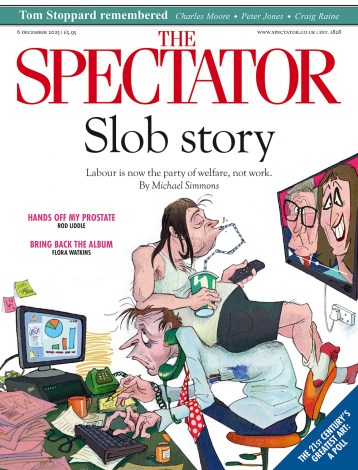The small community of Uithoorn, just outside Amsterdam, has unexpectedly found itself on the front line of Europe’s flag wars. Late last week, Dutch national flags – in bold red, white and blue – began appearing across the town. Their purpose? Perhaps a spontaneous show of resistance to a planned asylum centre earmarked for the suburb. Or perhaps something more calculated: a shrewd piece of political theatre ahead of the country’s elections on 29 October. No one can say for sure.
But the response was immediate. With Pavlovian swiftness, the town council began removing flags from public spaces – although they left those flying from private property untouched.
The council offered several justifications. Firstly, it was suggested that the flags were ‘intimidating’ to some residents – though it remains unclear exactly which groups felt intimidated, or indeed who had said so. Secondly, officials argued the flags posed a distraction to drivers and so were a risk to traffic safety. The Dutch right promptly cried foul.
However murky the reasoning, the council acted within its remit. In the Netherlands, private citizens may fly the national flag freely on their own property, but public institutions are bound by strict protocol. Flags are flown on government buildings only on designated occasions – national holidays and royal events, for example. But any Dutchman may unfurl the tricolour from his windowsill or front garden, with or without excuse.
Indeed, use of the flag has already seen a revival in recent years. During the farmers’ protests, many started flying it upside down – a maritime distress signal, long embedded in Dutch tradition. Even King Willem-Alexander, when asked, conceded the symbolism was legitimate: a sign, he said, that ‘someone is in trouble’.
Still, flag-waving does not come naturally to the Dutch. In a country where loud orange – not red, white and blue – is the colour of choice for sports fans and street parties alike, overt displays of nationalism remain rare. One hardly sees a Dutch flag at a Dutch football match.
Parliament itself only installed a national flag behind the Speaker’s chair in 2017. Attempts to put the EU flag next to it however have not fared well. When, in 2023, two liberal democrat MPs tried to unfurl the EU banner inside the chamber, they were met with uproar from the right – especially from Geert Wilders’ Freedom party. Wilders, who routinely calls for a ‘Nexit’, demanded the flag be set alight on the spot; colleagues offered to fetch lighters. The parliamentary ushers acted quickly to remove it, before the smoke alarms could intervene.
You rarely spot an EU flag in the Netherlands. Waving it is a habit perhaps more often found in net-recipient member states.
Some claim that the Dutch flag has been ‘captured’ by the far-right, used as a symbol at anti-immigration rallies. This is nonsense. The flag belongs to everyone. And, in fact, the same liberal democrats who once tried to fly the EU flag in parliament are now proudly draping themselves in the national tricolour ahead of the upcoming elections.
There is, however, one version of the Dutch flag that remains genuinely controversial: the orange, white and blue ‘Prinsenvlag’, or Prince’s Flag. Associated with the House of Orange, this was a naval and military standard from the late 16th century until the fall of the Dutch Republic in the 19th. At the time it coexisted with the red, white and blue – but its reputation never recovered after it was adopted by the Dutch fascist movement in the 1930s and consequently by collaborators of the Nazi occupation. It was also the model for the apartheid-era South African flag. While the Prinsenvlag is not illegal today, it is only used by a few fringe far-right groups. No one else will touch it.
No such stigma, however, attaches to the red, white and blue. Sales of the driekleur are booming, and the flag is enjoying a newfound centrality in national life. The first flag in parliament has already been replaced by a somewhat grander one.
Whether flown in protest at asylum policies or raised in support of them, the banner is back. If anyone now finds that threatening, he or she should note that some on the left are rallying around it, too. Times are changing. Yet, the 500-year-old flag remains very much alive, and free for all to use.







Comments